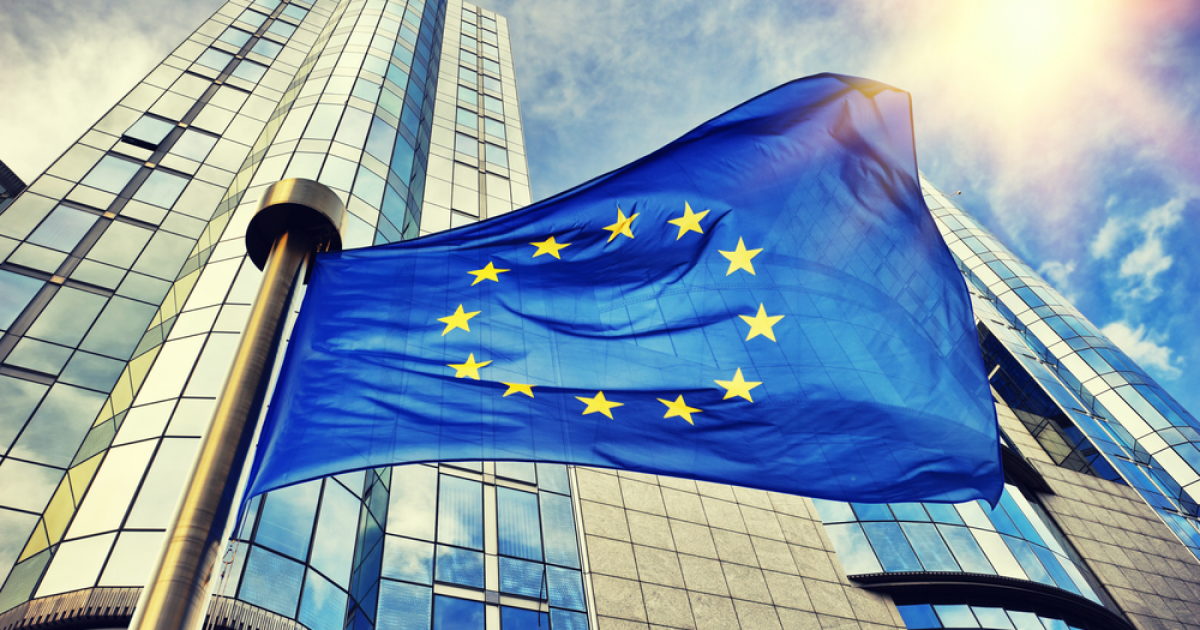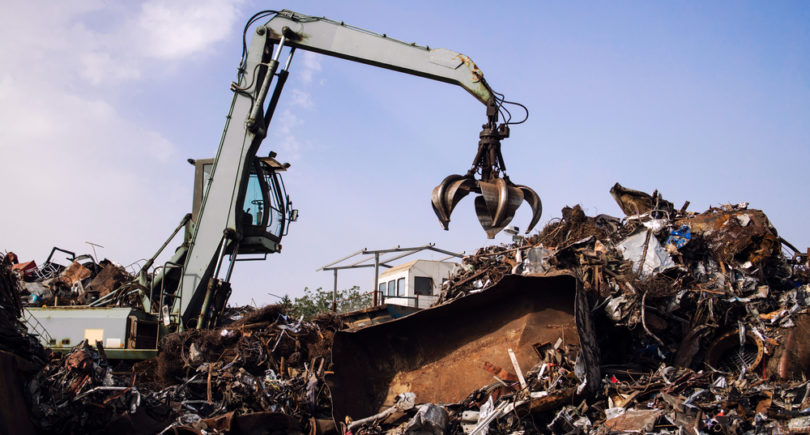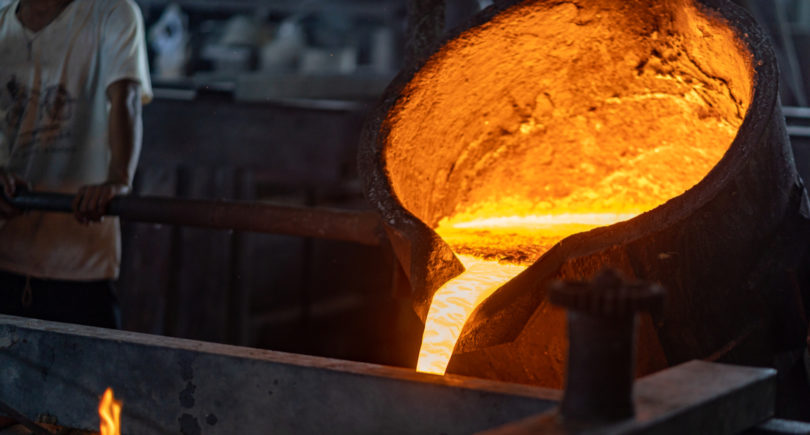
News Global Market EU 1687 19 March 2024
CRMA defines a list of 17 strategic elements and a list of 34 critical materials
On March 18, the EU Council finally approved the Critical Raw Materials Act (CRMA). This is the last step in the decision-making process, the institution said in a statement.
«With the Critical Raw Materials Act we want to turn the challenges of our dependencies into strategic autonomy and an opportunity for our economy. This legislative act will boost our mining sector, enhance our recycling and processing capacities, create local and good quality jobs, and ensure that our industry is up and ready for the digital and green transitions,» the European Council said in a statement.
The CRMA defines a list of 17 strategic elements, such as cobalt and copper, as well as an expanded list of 34 critical materials, including coking coal, which are crucial for the green and digital transition, as well as for the defense and space industries. The law sets out supply targets: by 2030, the block’s annual consumption will consist of at least 10% locally mined minerals, 40% elements recycled in the EU, and 25% recycled materials. By that time, no third country will supply more than 65% of Europe’s annual consumption of the key materials.
The approved law is an attempt to reduce the EU’s dependence on third countries, especially China, which controls the supply chains of many of these elements.
In addition, the legislation sets clear deadlines for project evaluation. Extraction projects will receive permits for a maximum of 27 months, while processing and utilization projects will receive permits for 15 months, with some exceptions.
Large companies that produce strategic technologies (e.g., battery, hydrogen, or renewable energy generators) will conduct risk assessments of their supply chains to identify vulnerabilities.
The Critical Raw Materials Act, along with the Net Zero Industry Act and the reform of the electricity market structure, is one of the flagship legislative initiatives under the Green Deal. The European Parliament reached a political agreement on the CRMA in November 2023. Now the law will be submitted to the Presidents of the European Parliament and the European Council for signature, after which it will be published in the Official Journal of the EU and will enter into force 20 days afterwards.
As GMK Center reported earlier, in February, the European Commission recommended that the EU reduce net greenhouse gas emissions by 90% by 2040 (compared to 1990 levels). The institution also outlined the measures needed to achieve this goal. In particular, it is necessary to fully implement the agreed framework of the bloc to reduce emissions by at least 55% by 2030 and to decarbonize the industry based on existing advantages (wind power, hydropower and electrolyzers).



